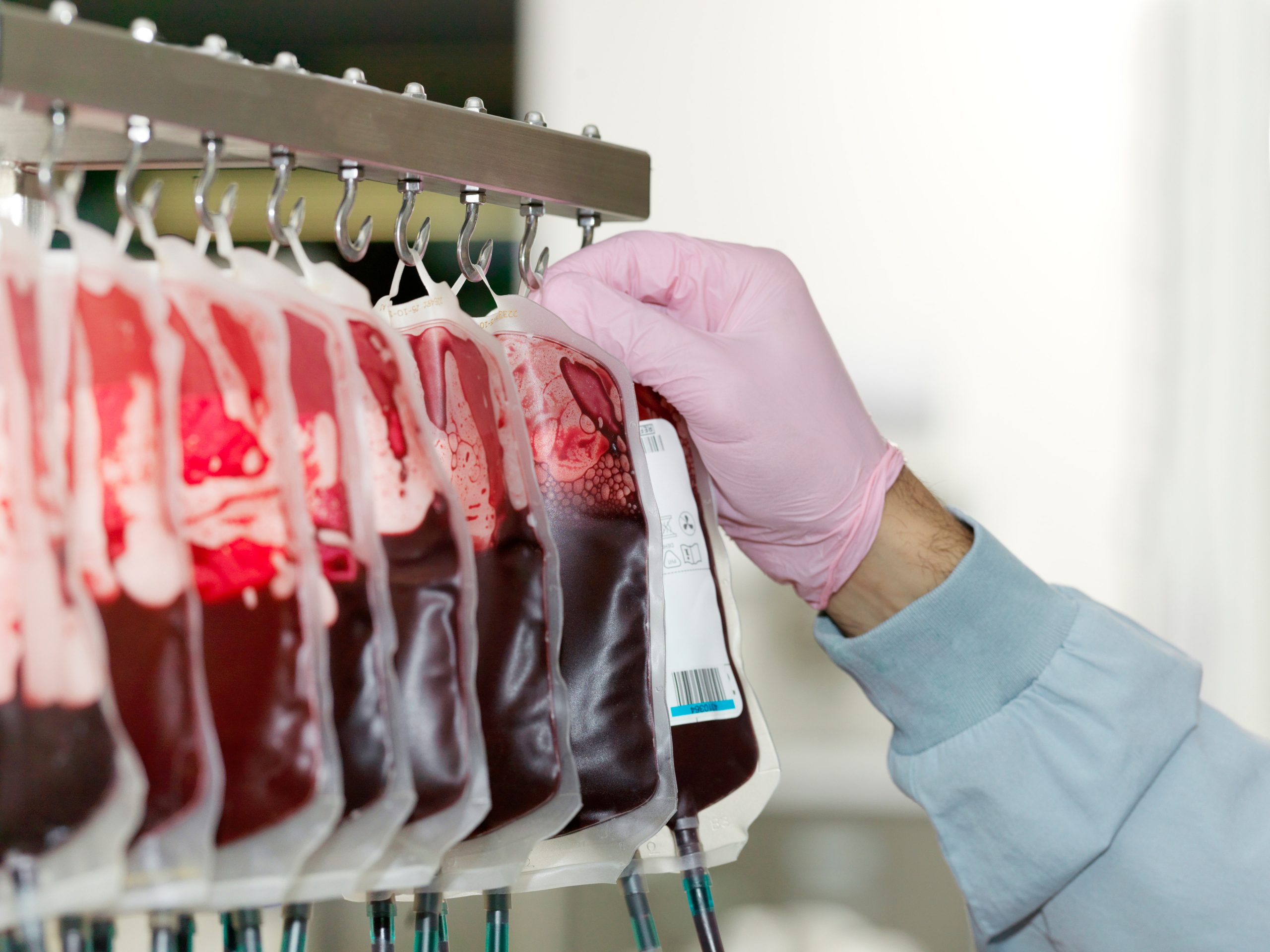Scientists Crack a 50-Year Mystery to Discover a New Set of Blood Groups
After decades of research and collaboration, a team of scientists has finally cracked a 50-year-old mystery in the field of blood types. The discovery of a new set of blood groups has the potential to revolutionize transfusion medicine and improve healthcare outcomes for many patients.
The breakthrough came after analyzing the blood samples of thousands of individuals from diverse populations around the world. Through sophisticated genetic and molecular techniques, the researchers identified unique patterns in the blood that had previously gone unnoticed.
These newly identified blood groups have been named after the scientists who led the research effort, honoring their dedication and expertise in the field. The findings have already been published in a prestigious scientific journal, garnering attention from the global scientific community.
One of the most exciting aspects of this discovery is the potential impact on blood transfusion compatibility. By expanding the classification of blood types, healthcare providers can now match donors and recipients more accurately, reducing the risk of adverse reactions and improving patient outcomes.
Furthermore, the newfound blood groups have opened up new avenues for research and innovation in transfusion medicine. Scientists are now exploring potential applications in personalized medicine, organ transplantation, and other areas of healthcare that rely on blood typing for optimal treatment.
As news of this groundbreaking discovery spreads, the scientific community is buzzing with excitement and anticipation for the future of transfusion medicine. The implications of this research are profound and far-reaching, offering hope for improved healthcare practices and outcomes worldwide.
In conclusion, the unraveling of this 50-year mystery to discover a new set of blood groups marks a significant milestone in the field of medicine. The dedication, persistence, and collaboration of scientists have led to a breakthrough that has the potential to save countless lives and transform the way we approach blood transfusions. The future looks bright for transfusion medicine, thanks to this remarkable achievement.
